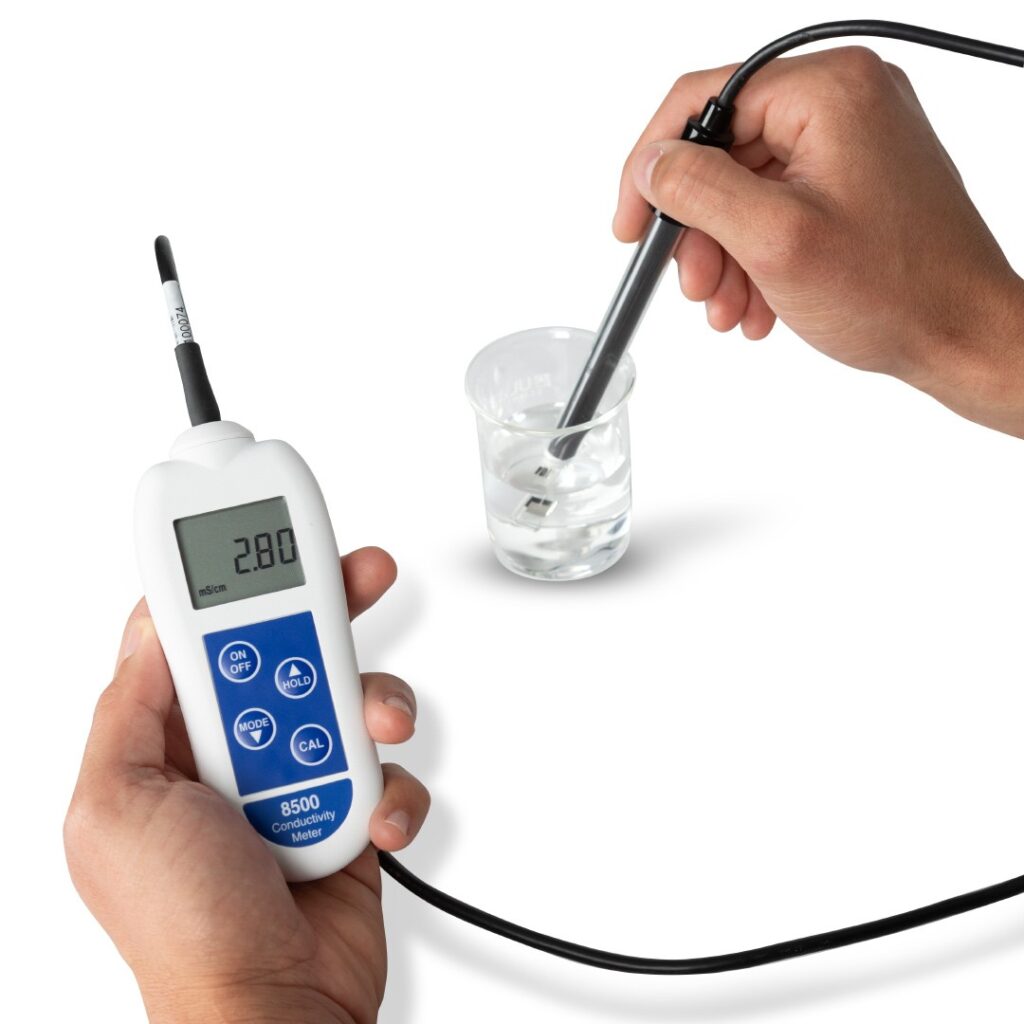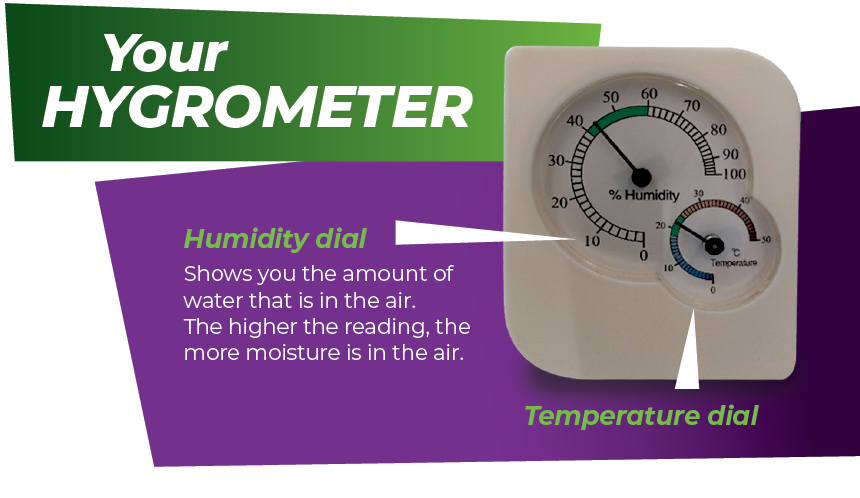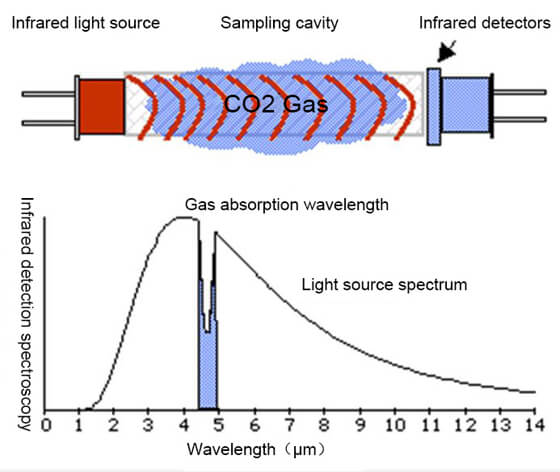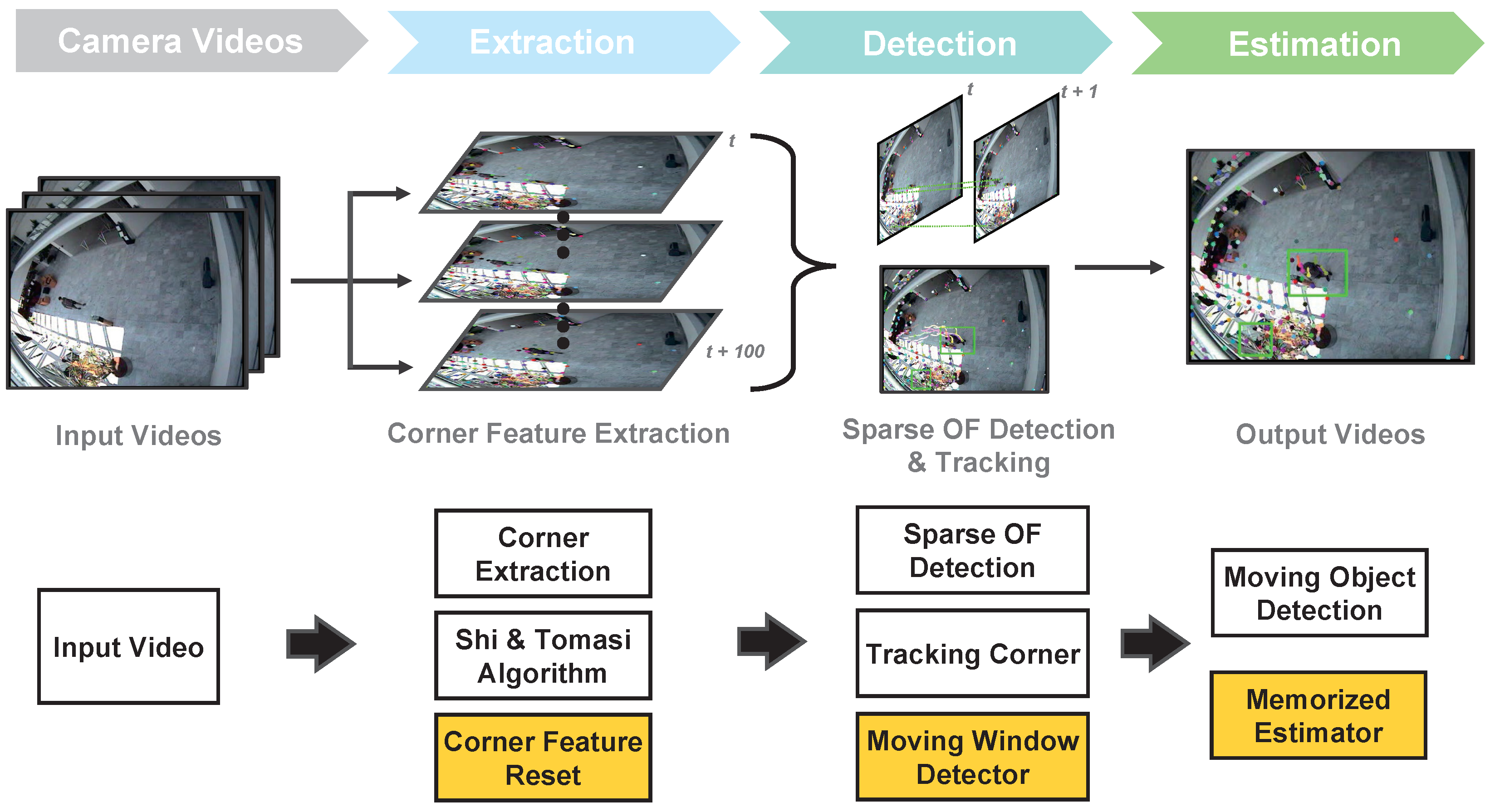Best way to measure electrical conductivity in water?
Measuring electrical conductivity in water is crucial for various industries and applications, including water quality monitoring, environmental analysis, and industrial processes. The ability to accurately measure electrical conductivity allows scientists, engineers, and researchers to assess the purity of water, identify contaminants, and ensure that water meets specific standards.
There are several methods available for measuring electrical conductivity in water. Each method has its advantages and limitations, depending on the specific requirements of the application. In this article, we will discuss some of the best ways to measure electrical conductivity in water and highlight the benefits of each method.
1. Conductivity Meters
Conductivity meters, also known as conductivity sensors or probes, are widely used for measuring electrical conductivity in water. These meters work by passing an electrical current through the water and measuring the resistance to the flow of electric current. The conductivity of water is directly related to the concentration of ions in the water, which determines its ability to conduct electricity.
Conductivity meters are available in various configurations, including handheld devices, benchtop meters, and online monitoring systems. Handheld meters are portable and ideal for field measurements, while benchtop meters are more suitable for laboratory analysis. Online monitoring systems provide continuous monitoring of conductivity levels in real-time.
Conductivity meters are easy to use, accurate, and provide instant results. They are suitable for a wide range of applications, including drinking water analysis, wastewater treatment, aquaculture, and industrial processes.
2. Electrodes and Probes
Electrodes and probes are essential components of conductivity measurement systems. These devices are designed to come into contact with the water sample and accurately measure its electrical conductivity. Electrodes and probes are available in different materials, such as stainless steel, platinum, and graphite, depending on the specific requirements of the application.
Electrodes and probes must be properly calibrated and maintained to ensure accurate and reliable measurements. Regular calibration checks and cleaning are essential to prevent contamination and drift in the readings. Proper maintenance of electrodes and probes can extend their lifespan and improve the overall performance of the conductivity measurement system.
3. Titration Methods
Titration methods are another way to measure electrical conductivity in water. This method involves adding a known volume of a standard solution with a known concentration to the water sample and measuring the change in conductivity. The change in conductivity is directly related to the ion concentration in the water sample.
Titration methods are more time-consuming and labor-intensive compared to conductivity meters but provide accurate results. This method is often used in laboratories for detailed analysis and research studies where precise measurements are required.
4. Online Monitoring Systems
Online monitoring systems are advanced instruments that provide real-time monitoring of electrical conductivity in water. These systems are equipped with sensors that continuously measure conductivity levels and transmit the data to a central monitoring station. Online monitoring systems are ideal for continuous monitoring of water quality in industrial processes, water treatment plants, and environmental monitoring stations.
Online monitoring systems allow for remote monitoring of conductivity levels, alerting operators to any deviations from the set parameters. This real-time data is essential for making informed decisions and taking corrective actions to maintain water quality and ensure compliance with regulations.
Conclusion
Measuring electrical conductivity in water is essential for ensuring water quality, identifying contaminants, and maintaining compliance with regulatory standards. There are several methods available for measuring conductivity, including conductivity meters, electrodes and probes, titration methods, and online monitoring systems. Each method has its advantages and limitations, depending on the specific requirements of the application.
When choosing a method for measuring electrical conductivity in water, it is essential to consider factors such as accuracy, ease of use, portability, and data management capabilities. By selecting the right measurement method and equipment, you can ensure accurate and reliable results for your water quality monitoring needs.
Best way to measure electrical conductivity in water?
Measuring electrical conductivity in water is crucial for various industries and applications, including water quality monitoring, environmental analysis, and industrial processes. The ability to accurately measure electrical conductivity allows scientists, engineers, and researchers to assess the purity of water, identify contaminants, and ensure that water meets specific standards.
There are several methods available for measuring electrical conductivity in water. Each method has its advantages and limitations, depending on the specific requirements of the application. In this article, we will discuss some of the best ways to measure electrical conductivity in water and highlight the benefits of each method.
1. Conductivity Meters
Conductivity meters, also known as conductivity sensors or probes, are widely used for measuring electrical conductivity in water. These meters work by passing an electrical current through the water and measuring the resistance to the flow of electric current. The conductivity of water is directly related to the concentration of ions in the water, which determines its ability to conduct electricity.
Conductivity meters are available in various configurations, including handheld devices, benchtop meters, and online monitoring systems. Handheld meters are portable and ideal for field measurements, while benchtop meters are more suitable for laboratory analysis. Online monitoring systems provide continuous monitoring of conductivity levels in real-time.
Conductivity meters are easy to use, accurate, and provide instant results. They are suitable for a wide range of applications, including drinking water analysis, wastewater treatment, aquaculture, and industrial processes.
2. Electrodes and Probes
Electrodes and probes are essential components of conductivity measurement systems. These devices are designed to come into contact with the water sample and accurately measure its electrical conductivity. Electrodes and probes are available in different materials, such as stainless steel, platinum, and graphite, depending on the specific requirements of the application.
Electrodes and probes must be properly calibrated and maintained to ensure accurate and reliable measurements. Regular calibration checks and cleaning are essential to prevent contamination and drift in the readings. Proper maintenance of electrodes and probes can extend their lifespan and improve the overall performance of the conductivity measurement system.
3. Titration Methods
Titration methods are another way to measure electrical conductivity in water. This method involves adding a known volume of a standard solution with a known concentration to the water sample and measuring the change in conductivity. The change in conductivity is directly related to the ion concentration in the water sample.
Titration methods are more time-consuming and labor-intensive compared to conductivity meters but provide accurate results. This method is often used in laboratories for detailed analysis and research studies where precise measurements are required.
4. Online Monitoring Systems
Online monitoring systems are advanced instruments that provide real-time monitoring of electrical conductivity in water. These systems are equipped with sensors that continuously measure conductivity levels and transmit the data to a central monitoring station. Online monitoring systems are ideal for continuous monitoring of water quality in industrial processes, water treatment plants, and environmental monitoring stations.
Online monitoring systems allow for remote monitoring of conductivity levels, alerting operators to any deviations from the set parameters. This real-time data is essential for making informed decisions and taking corrective actions to maintain water quality and ensure compliance with regulations.
Conclusion
Measuring electrical conductivity in water is essential for ensuring water quality, identifying contaminants, and maintaining compliance with regulatory standards. There are several methods available for measuring conductivity, including conductivity meters, electrodes and probes, titration methods, and online monitoring systems. Each method has its advantages and limitations, depending on the specific requirements of the application.
When choosing a method for measuring electrical conductivity in water, it is essential to consider factors such as accuracy, ease of use, portability, and data management capabilities. By selecting the right measurement method and equipment, you can ensure accurate and reliable results for your water quality monitoring needs.



